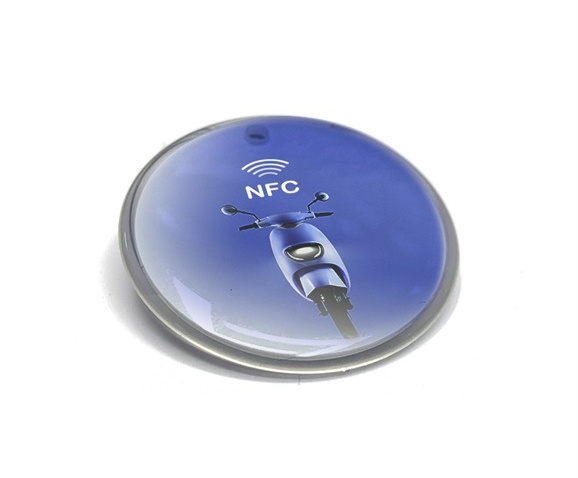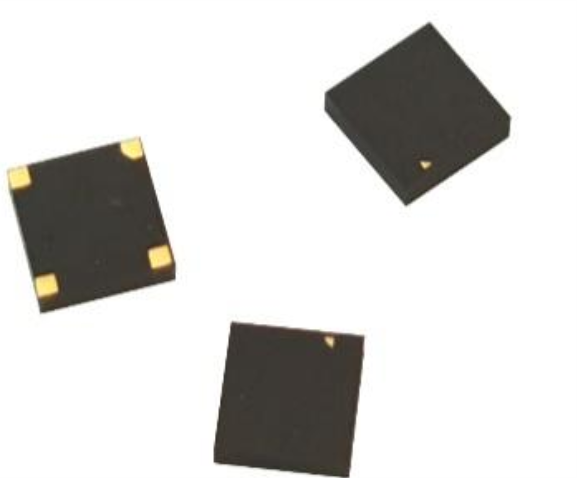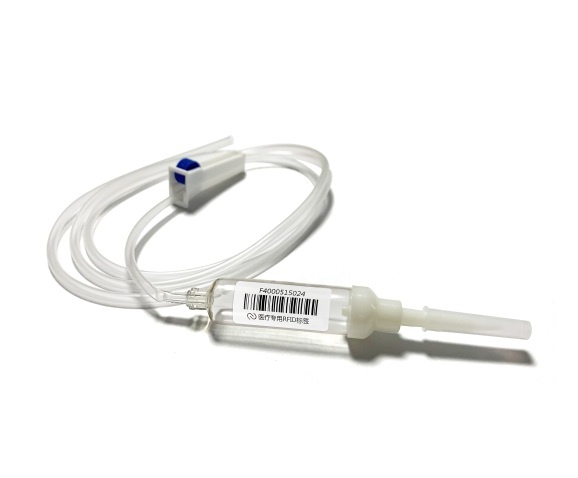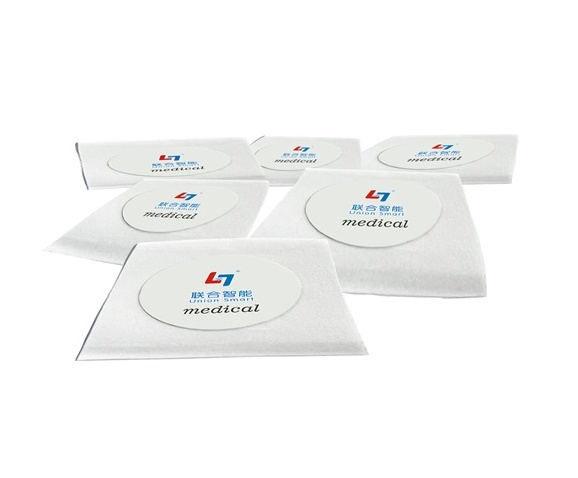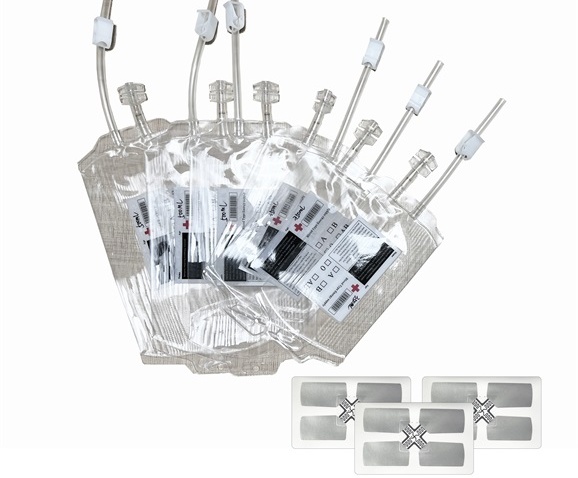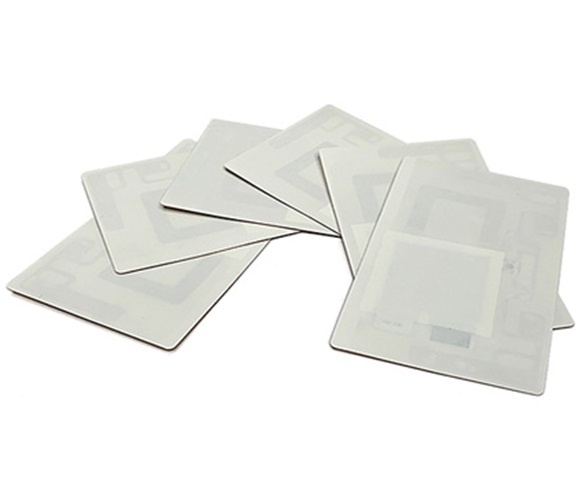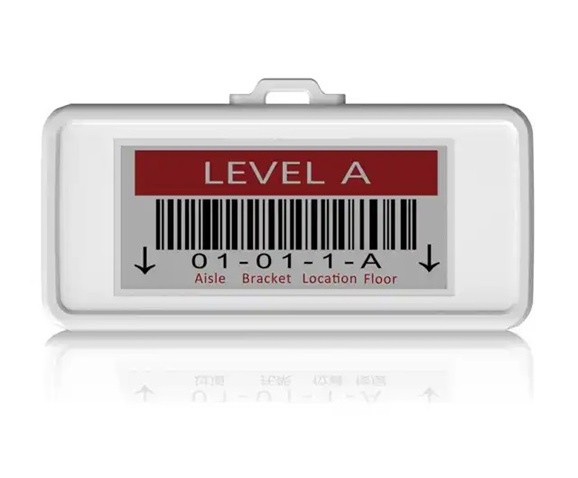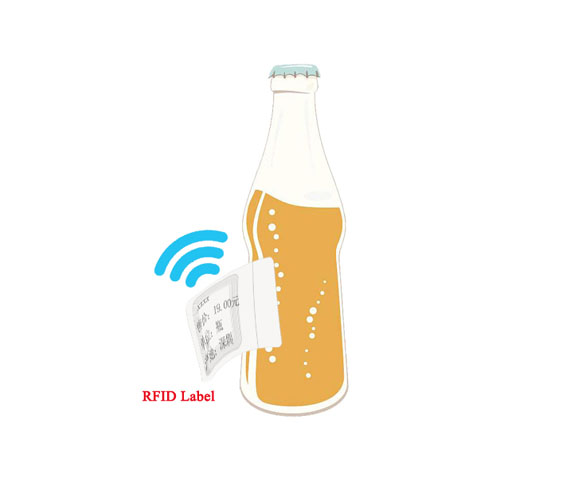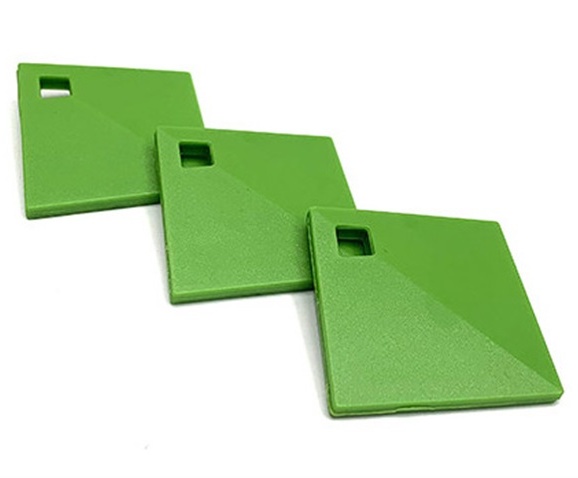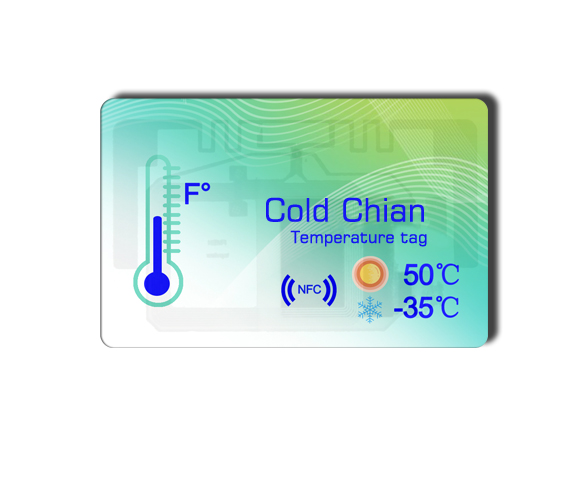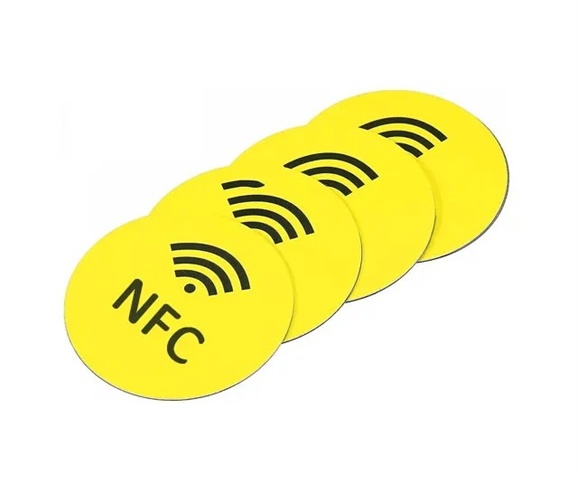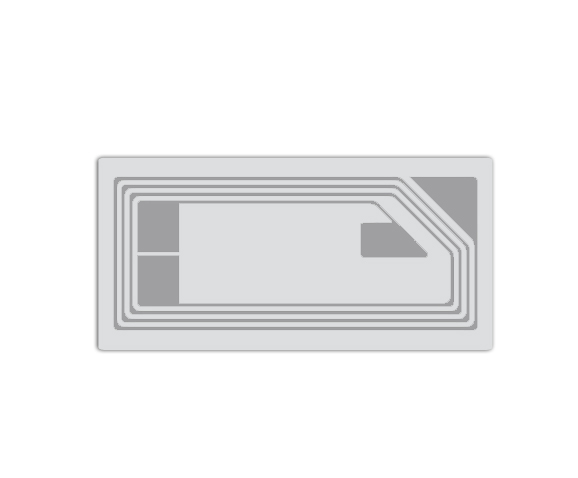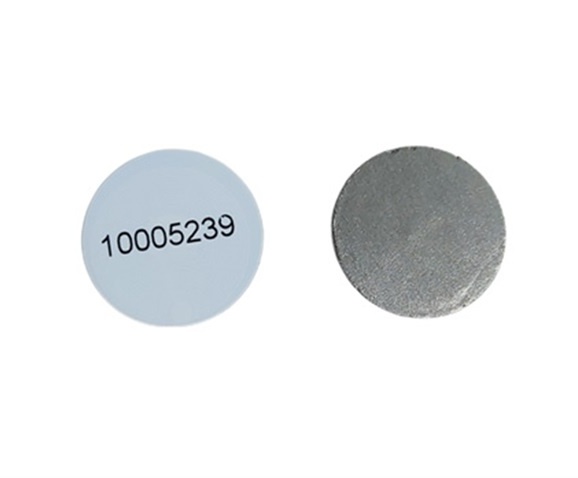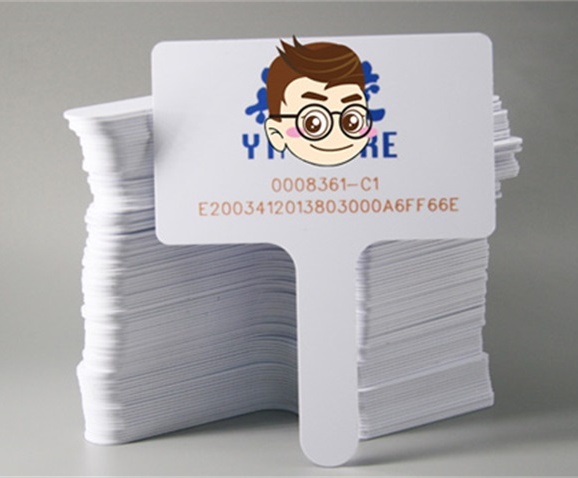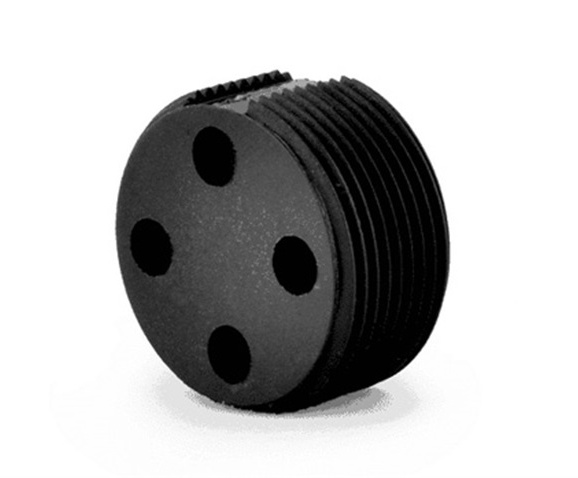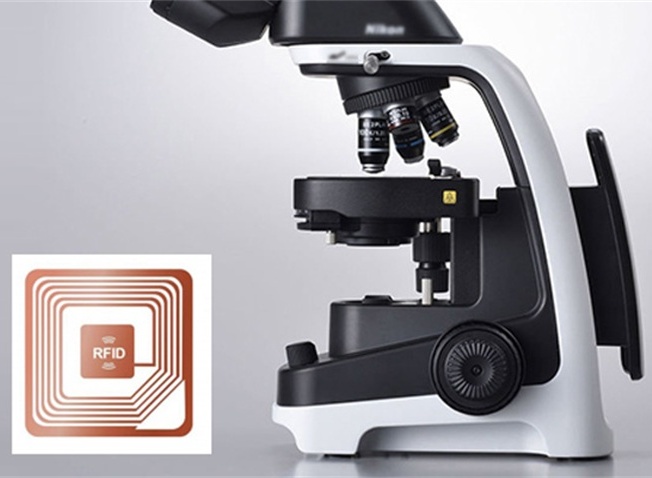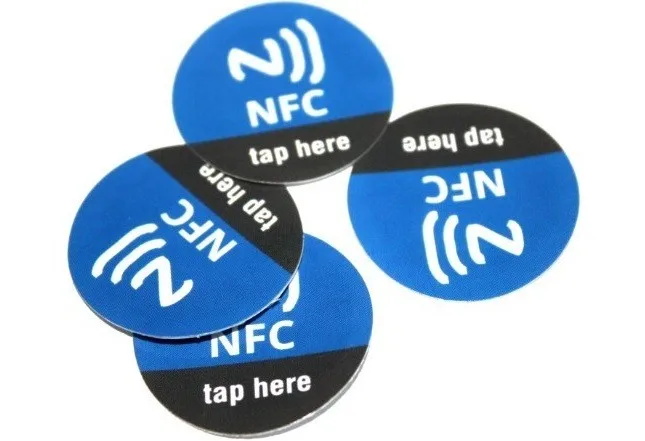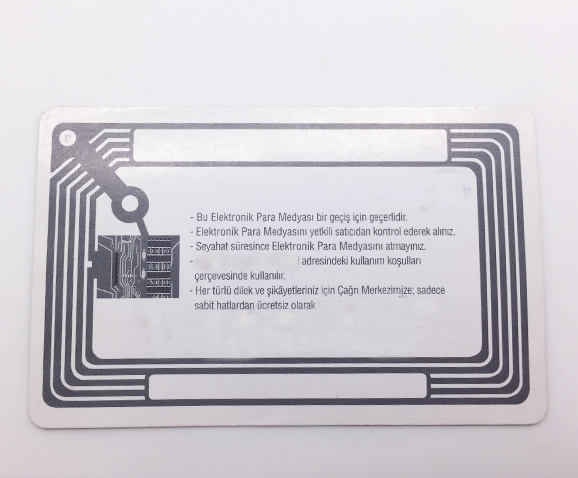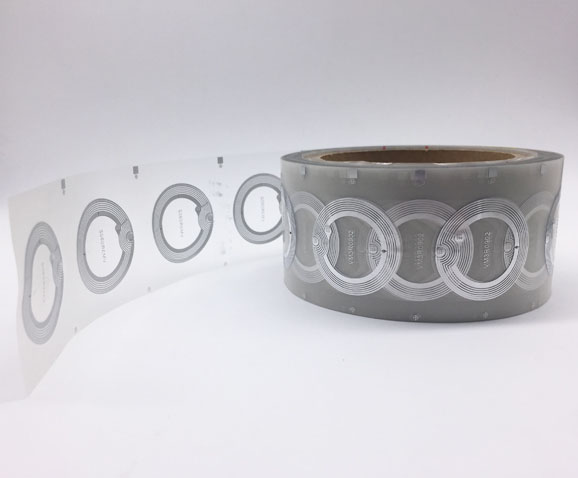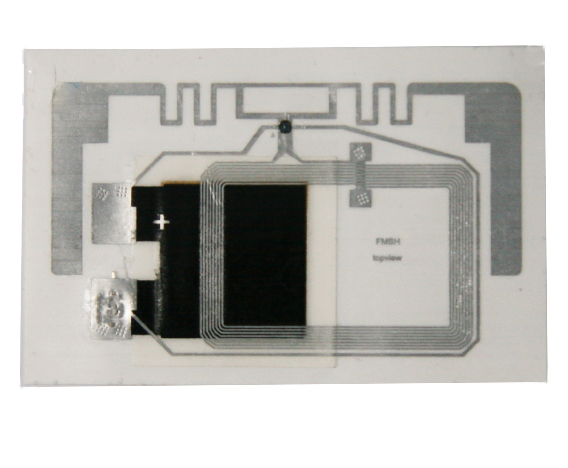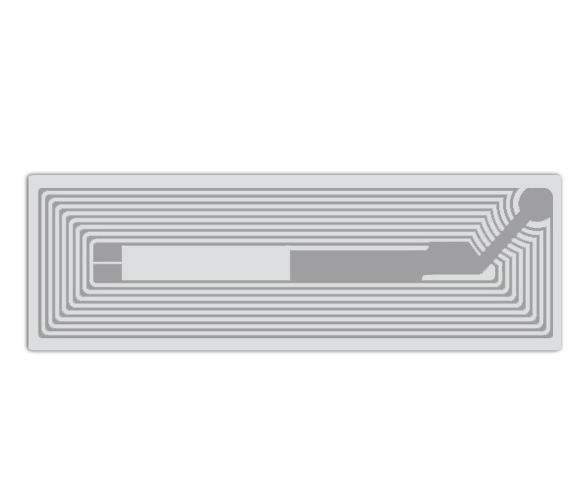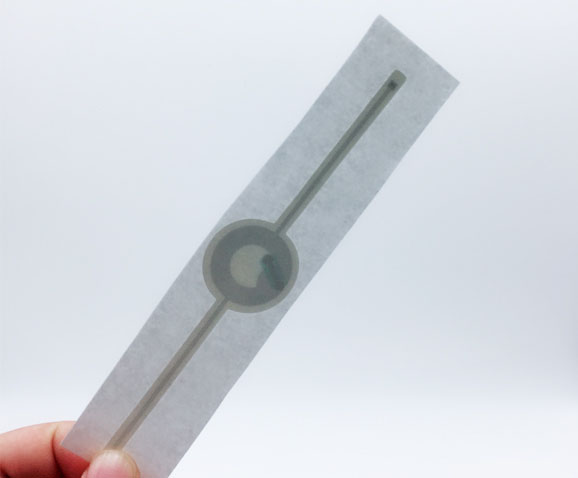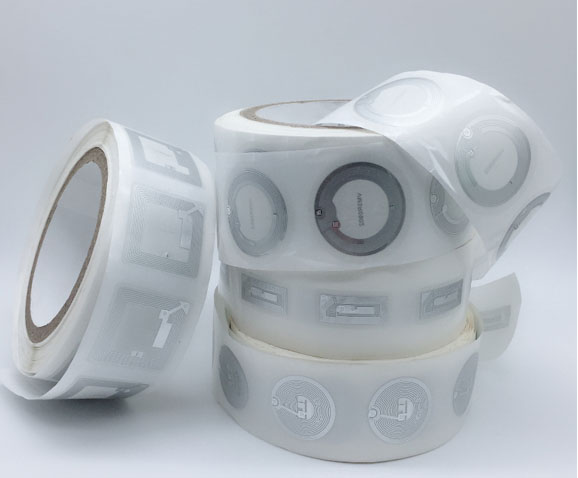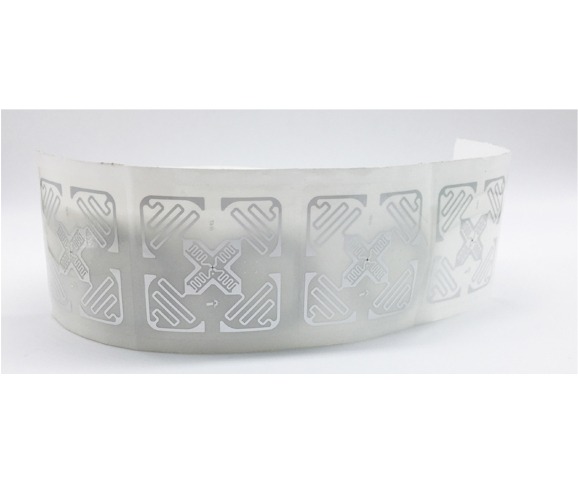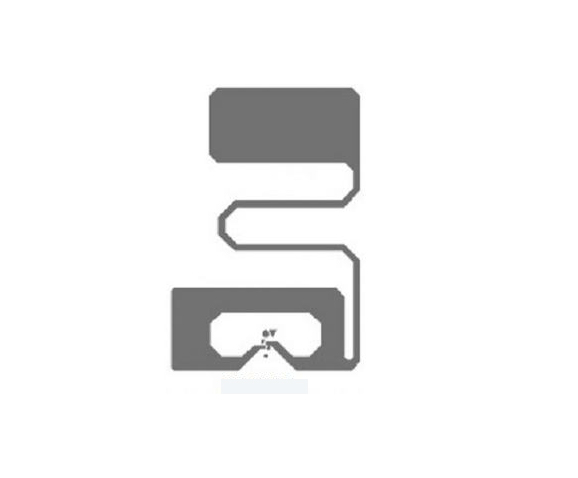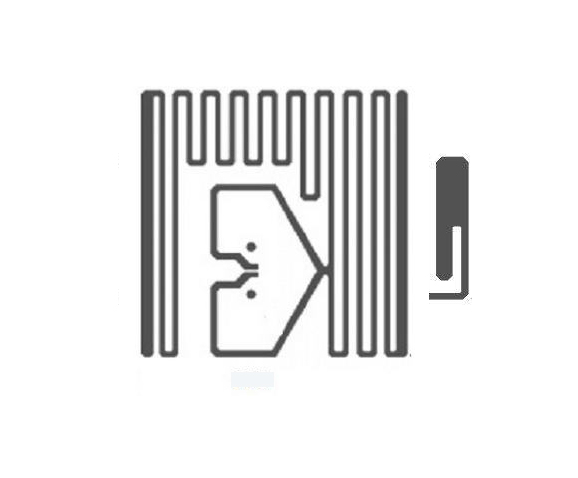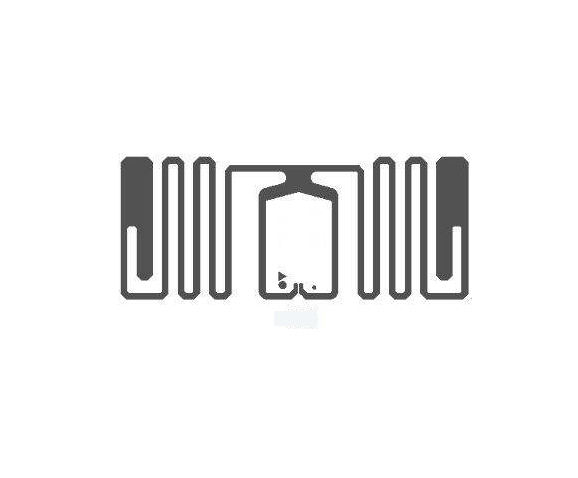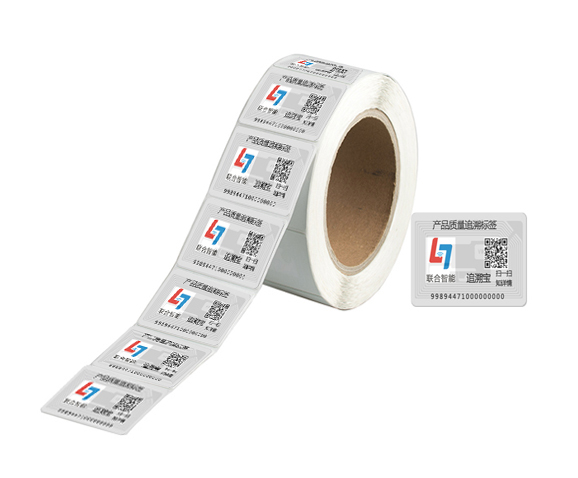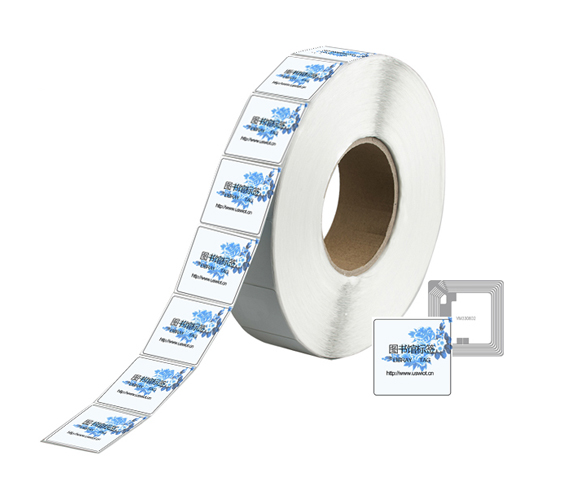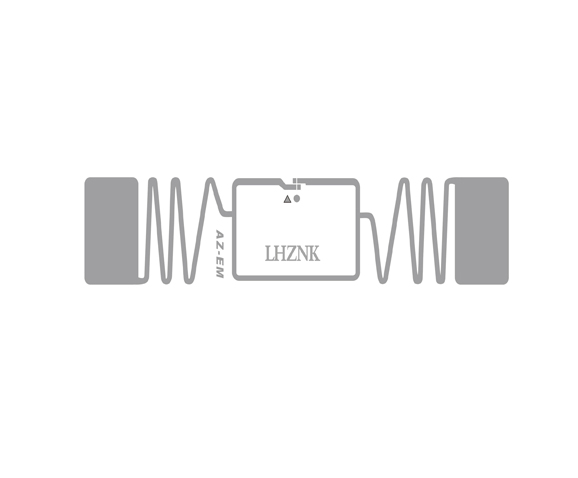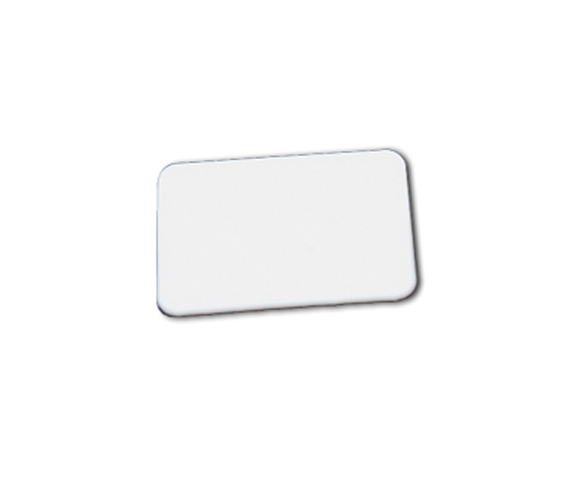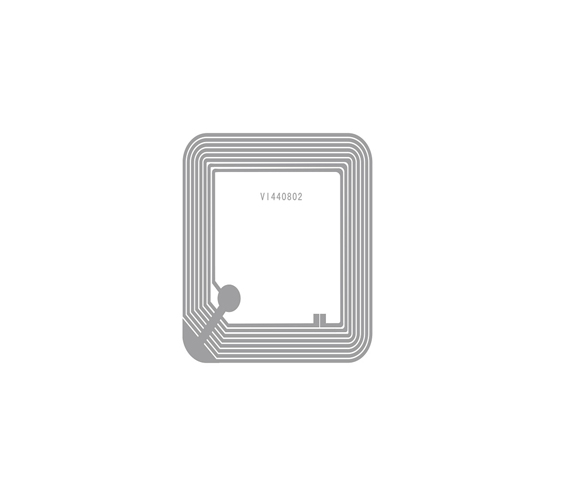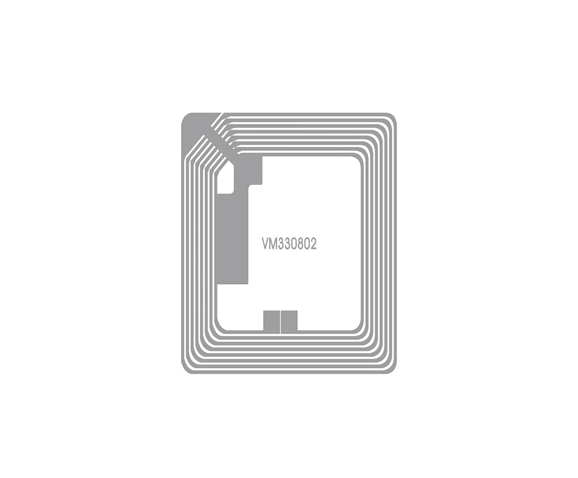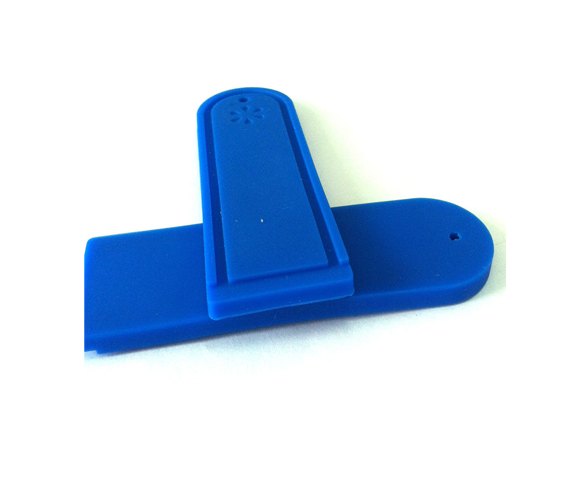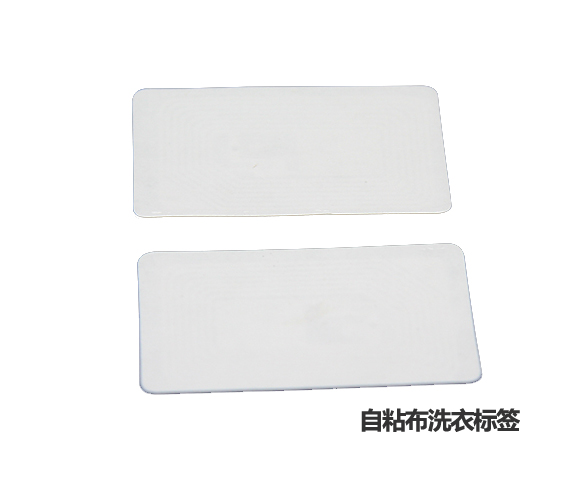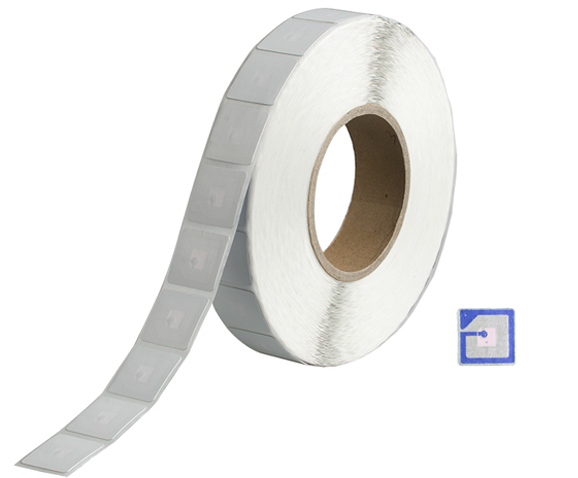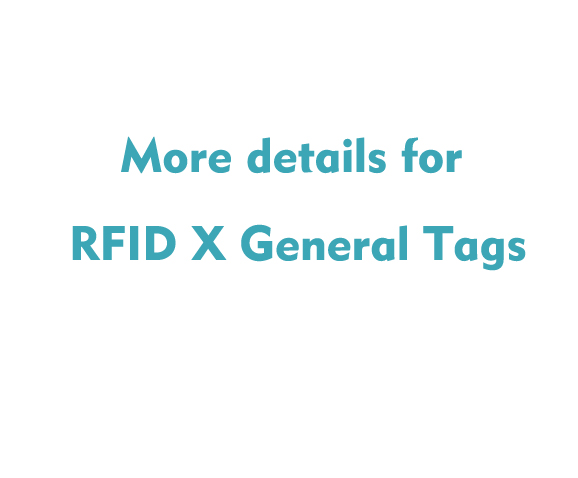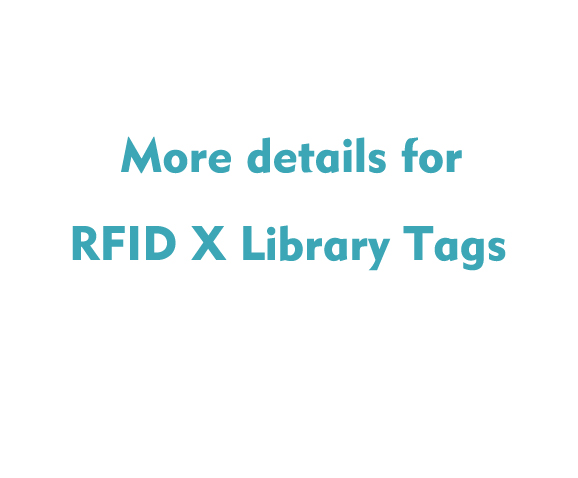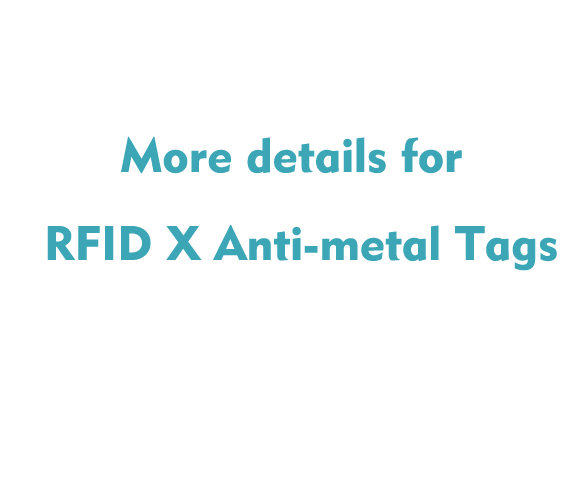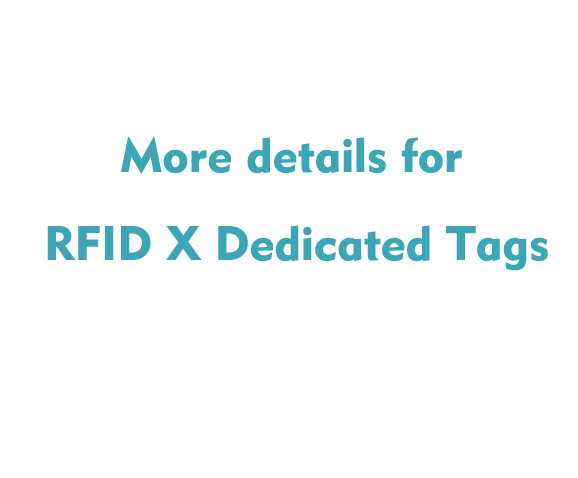Landline:+86-0775-84649797 Phone:+86 19926651112(Same WeChat ID)
Share:
Brief Introduction
Characterized by physical management, the fixed asset automatic identification management system is a practical management software to aim at simplifying. This system solves the problem about the inconsistency between the physical and financial accounts that often appear in the fixed asset management for the enterprise by using radio frequency technology, so that the enterprise management is methodical and the accounts are consistent.
In view of the cumbersome calculation of depreciation of fixed assets, the average depreciation method is used to quickly complete the depreciation calculation of fixed assets with accurate calculation results.
The use of efficient data transmission technology and unique authority management concept enable business leaders to sit in the office to understand the full range of all fixed assets of the enterprise.
Since its launch, the system’s simple use and accurate calculation results have been consistently praised by users, and with the safety of its operation and the advanced technology, it has been recognized by professionals. Thus, thanks to its convenience and accuracy, the query function has been appreciated by business leaders.
Users generally reflect that dozens of people used to spend a few months on asset inventory work, but now only several people can easily complete it in a few days. The tedious calculation of the depreciation just needs a few seconds to complete now instead of a few days. The original large number of repeated purchases and a large amount of idle waste can now be resolved in a timely manner, so that enterprises truly achieve the principle of strict economy.
In summary, the fixed asset automatic identification management system has increased the efficiency of the enterprise by dozens of times, and at the same time greatly increased the efficiency of the enterprise and reduced the cost of the enterprise. Fixed asset automatic identification management system is definitely a good helper for enterprise management.
Introduction to the system
Fixed asset management plays an important part in enterprise management. Fixed assets have the characteristics of high value, long service life and difficult management. To solve these problems, the system uses computer and RF data acquisition technology to realize the information management of fixed assets.
1. Advantages
Powerful utility function
Advanced RF technology management methods
Efficient network and remote data transmission (online version)
Unique authority management
Friendly user interface, easy to learn.
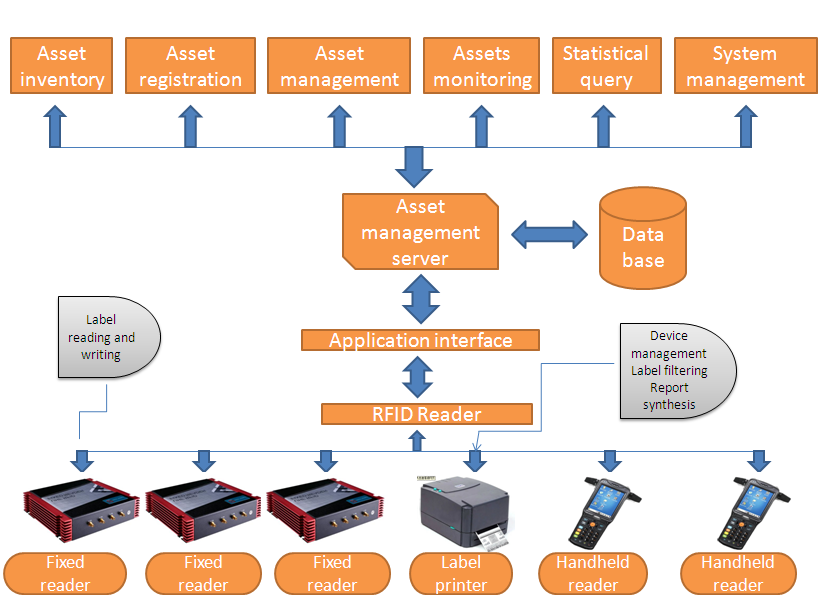
2. Features
Powerful utility function
The fixed asset management system includes asset increase, change, scrap, damage, depreciation, lending, return, distribution and use of departments, use of department changes, management personnel settings, asset exchange between departments, various report printing, and combined query. For each piece of fixed assets, all information that can be inquired about the asset from the purchasing, recording, putting into use, user department condition, depreciation, and even withdrawal can be recorded in detail. The dynamic query function ensures that managers can grasp the comprehensive information in the first time. The depreciation of assets can reduce a lot of repetitive work and ensure the accuracy of the data. Automated report preparation prints quickly and accurately to save a lot of time for manual report preparation. The fixed asset management system centralizes the original distributed management information to combine into a management platform with overall functions.
Advanced RF technology management methods
After the relevant data of each newly purchased asset is input into the computer, the information will be written into the RFID electronic tag according to the corresponding software. The content of the RFID electronic tag can be set by the user, including the name of the fixed asset, the date of purchase, and the custody (user Department) and other contents. Sticking the RFID electronic tag to the physical fixed assets not only clearly distinguishes the user department of the fixed assets, but also brings great convenience to the inventory. The inventory personnel does not have to check the way of recording the asset code or the account book but only uses a dedicated RF inventory machine to read RFID tags on fixed assets, then the card information can be automatically stored in the RF inventory machine.
The RF inventory machine (also known as the handheld PDA) is similar to the one that is used in the supermarket, but it is very different. The RF inventory machine is powered by a battery without a need to be connected by wires. The inventory personnel can easily carry it anywhere to do mutual verification and read & store the information in the RF inventory machine which can store nearly 20,000 pcs fixed assets code to increase the inventory speed by more than 90%, and avoid repeated inventory or misplacement. After reading the information of the RF card, the RF inventory machine is connected with the computer to quickly obtain actual situation of the asset and immediately find the combined profit and loss through the combined query. In addition, the inventory information can be uploaded to the server in real time through a wireless network such as Wifi.
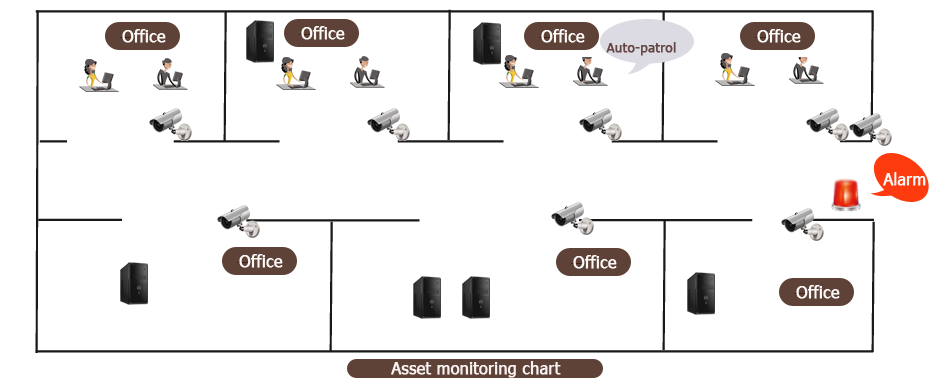
Efficient network and remote data transmission (online version)
The fixed asset management system can not only query the fixed assets in the local machine, but also realize the two-way transmission through the intranet (intranet) and the Internet (Internet), so that various information data can be shared by other users at the same time. (Limited to online version)
Unique authority management
In the fixed asset management system, full consideration is given to the different responsibilities of each operator. Each operator has the corresponding operational authority, which is identified by the user's identity and password to ensure that different operators can only perform within their scope of responsibility. This not only ensures the fixity of the system, but also has certain flexibility to enhance the adaptability.
Friendly user interface, easy to learn
The system adopts the style of the Windows interface, is convenient for users to use, and widely use the style of the directory tree in Windows, so that the user can understand the ownership relationship of the department at a glance of the asset category and the content relationship. A large number of function prompts allow the user to smoothly complete the corresponding work step by step as required, and a reasonable menu arrangement enables the user to easily find out what he or she wants to perform. A large amount of comprehensive data appears in the form of reports and graphs, making it easier for users to understand and accept. For those engaged in fixed asset management, they only need to master the basic computer using knowledge and read the operating instructions carefully to master the general operation of the system in a short period of time.
3. Functions
To analyze users’ needs, it is believed that the system should have features as follows:
1. Daily management of assets
It mainly includes daily work such as adding, modifying, withdrawing, transferring, deleting, splitting and calculating the depreciation rate and residual value of fixed assets.
2. Asset depreciation
It includes the provision for monthly depreciation of fixed assets and the printing of monthly depreciation statements.
3. Fixed Assets Monthly Report
According to the unit, department, time and other conditions, it queries and classifies monthly/yearly report, the fixed assets adding report of the current month, the fixed assets reduction report of the current month, and the fixed assets depreciation monthly report (annual report), as well as offering the printing function.
4. Comprehensive inspection of fixed assets
It can query the status of a single or a batch of fixed assets, including asset cards, custody, effective asset information, department asset statistics, exit assets, transfer assets, historical assets, name specifications, starting and ending dates, units or department.
5. Inventory function
It can check the data in the database according to the data in the RF inventory machine and deal with the normal or abnormal data to figure out the actual situation of the fixed assets and to generate the inventory profit list, inventory loss list , and inventory summary table as per unit and department.
6. System maintenance function
The system administrator classifies the asset classification code table, the exit mode code table, the purchase method code table, the storage place code table, the department code table, the custodian table and the unit name table and does adding, modifying and deleting etc.
It can provide the operator with the ability to modify his own password;
The system administrator is free to set the operating rights of the subordinate operators.
7. Security management function
It can provide:
A variety of security management tools,
Password management function,
Maintain account number and password,
Permission control function(users are divided into different levels to determine the user's right to use the system, and different operations according to different permissions.)
Characterized by physical management, the fixed asset automatic identification management system is a practical management software to aim at simplifying. This system solves the problem about the inconsistency between the physical and financial accounts that often appear in the fixed asset management for the enterprise by using radio frequency technology, so that the enterprise management is methodical and the accounts are consistent.
In view of the cumbersome calculation of depreciation of fixed assets, the average depreciation method is used to quickly complete the depreciation calculation of fixed assets with accurate calculation results.
The use of efficient data transmission technology and unique authority management concept enable business leaders to sit in the office to understand the full range of all fixed assets of the enterprise.
Since its launch, the system’s simple use and accurate calculation results have been consistently praised by users, and with the safety of its operation and the advanced technology, it has been recognized by professionals. Thus, thanks to its convenience and accuracy, the query function has been appreciated by business leaders.
Users generally reflect that dozens of people used to spend a few months on asset inventory work, but now only several people can easily complete it in a few days. The tedious calculation of the depreciation just needs a few seconds to complete now instead of a few days. The original large number of repeated purchases and a large amount of idle waste can now be resolved in a timely manner, so that enterprises truly achieve the principle of strict economy.
In summary, the fixed asset automatic identification management system has increased the efficiency of the enterprise by dozens of times, and at the same time greatly increased the efficiency of the enterprise and reduced the cost of the enterprise. Fixed asset automatic identification management system is definitely a good helper for enterprise management.
Introduction to the system
Fixed asset management plays an important part in enterprise management. Fixed assets have the characteristics of high value, long service life and difficult management. To solve these problems, the system uses computer and RF data acquisition technology to realize the information management of fixed assets.
1. Advantages
Powerful utility function
Advanced RF technology management methods
Efficient network and remote data transmission (online version)
Unique authority management
Friendly user interface, easy to learn.

2. Features
Powerful utility function
The fixed asset management system includes asset increase, change, scrap, damage, depreciation, lending, return, distribution and use of departments, use of department changes, management personnel settings, asset exchange between departments, various report printing, and combined query. For each piece of fixed assets, all information that can be inquired about the asset from the purchasing, recording, putting into use, user department condition, depreciation, and even withdrawal can be recorded in detail. The dynamic query function ensures that managers can grasp the comprehensive information in the first time. The depreciation of assets can reduce a lot of repetitive work and ensure the accuracy of the data. Automated report preparation prints quickly and accurately to save a lot of time for manual report preparation. The fixed asset management system centralizes the original distributed management information to combine into a management platform with overall functions.
Advanced RF technology management methods
After the relevant data of each newly purchased asset is input into the computer, the information will be written into the RFID electronic tag according to the corresponding software. The content of the RFID electronic tag can be set by the user, including the name of the fixed asset, the date of purchase, and the custody (user Department) and other contents. Sticking the RFID electronic tag to the physical fixed assets not only clearly distinguishes the user department of the fixed assets, but also brings great convenience to the inventory. The inventory personnel does not have to check the way of recording the asset code or the account book but only uses a dedicated RF inventory machine to read RFID tags on fixed assets, then the card information can be automatically stored in the RF inventory machine.
The RF inventory machine (also known as the handheld PDA) is similar to the one that is used in the supermarket, but it is very different. The RF inventory machine is powered by a battery without a need to be connected by wires. The inventory personnel can easily carry it anywhere to do mutual verification and read & store the information in the RF inventory machine which can store nearly 20,000 pcs fixed assets code to increase the inventory speed by more than 90%, and avoid repeated inventory or misplacement. After reading the information of the RF card, the RF inventory machine is connected with the computer to quickly obtain actual situation of the asset and immediately find the combined profit and loss through the combined query. In addition, the inventory information can be uploaded to the server in real time through a wireless network such as Wifi.

Efficient network and remote data transmission (online version)
The fixed asset management system can not only query the fixed assets in the local machine, but also realize the two-way transmission through the intranet (intranet) and the Internet (Internet), so that various information data can be shared by other users at the same time. (Limited to online version)
Unique authority management
In the fixed asset management system, full consideration is given to the different responsibilities of each operator. Each operator has the corresponding operational authority, which is identified by the user's identity and password to ensure that different operators can only perform within their scope of responsibility. This not only ensures the fixity of the system, but also has certain flexibility to enhance the adaptability.
Friendly user interface, easy to learn
The system adopts the style of the Windows interface, is convenient for users to use, and widely use the style of the directory tree in Windows, so that the user can understand the ownership relationship of the department at a glance of the asset category and the content relationship. A large number of function prompts allow the user to smoothly complete the corresponding work step by step as required, and a reasonable menu arrangement enables the user to easily find out what he or she wants to perform. A large amount of comprehensive data appears in the form of reports and graphs, making it easier for users to understand and accept. For those engaged in fixed asset management, they only need to master the basic computer using knowledge and read the operating instructions carefully to master the general operation of the system in a short period of time.
3. Functions
To analyze users’ needs, it is believed that the system should have features as follows:
1. Daily management of assets
It mainly includes daily work such as adding, modifying, withdrawing, transferring, deleting, splitting and calculating the depreciation rate and residual value of fixed assets.
2. Asset depreciation
It includes the provision for monthly depreciation of fixed assets and the printing of monthly depreciation statements.
3. Fixed Assets Monthly Report
According to the unit, department, time and other conditions, it queries and classifies monthly/yearly report, the fixed assets adding report of the current month, the fixed assets reduction report of the current month, and the fixed assets depreciation monthly report (annual report), as well as offering the printing function.
4. Comprehensive inspection of fixed assets
It can query the status of a single or a batch of fixed assets, including asset cards, custody, effective asset information, department asset statistics, exit assets, transfer assets, historical assets, name specifications, starting and ending dates, units or department.
5. Inventory function
It can check the data in the database according to the data in the RF inventory machine and deal with the normal or abnormal data to figure out the actual situation of the fixed assets and to generate the inventory profit list, inventory loss list , and inventory summary table as per unit and department.
6. System maintenance function
The system administrator classifies the asset classification code table, the exit mode code table, the purchase method code table, the storage place code table, the department code table, the custodian table and the unit name table and does adding, modifying and deleting etc.
It can provide the operator with the ability to modify his own password;
The system administrator is free to set the operating rights of the subordinate operators.
7. Security management function
It can provide:
A variety of security management tools,
Password management function,
Maintain account number and password,
Permission control function(users are divided into different levels to determine the user's right to use the system, and different operations according to different permissions.)
Inquiry




